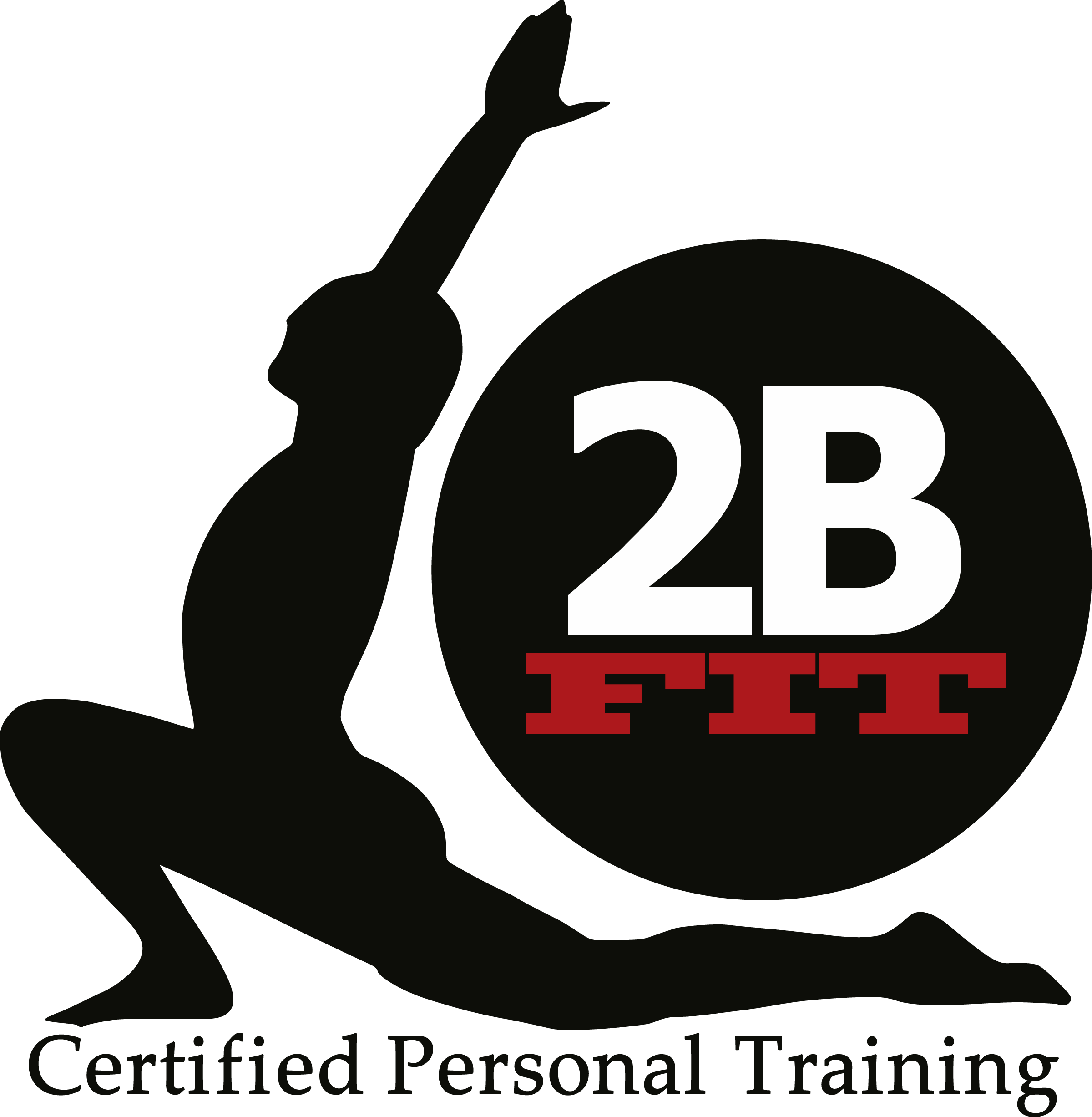Why is Weight Training Important as We Get Older?
There is no doubt you have heard that engaging in regular exercise is crucial for good health. And perhaps you have even taken this to heart and begun exercising. For most older adults this typically means walking, either outside or on a treadmill, or another activity that is designed to get the heart and lungs working a bit harder, and maybe work up a little sweat.
But with passing years physiological changes that occur in the body and the brain make weight training/ resistance training an essential component of an active and independent lifestyle.
Why? you ask….
Resistance Training Q and A.
Do You Think….“If I Didn’t Lift Weights When I Was Younger, I’m Certainly Not About to Start Now…”?
Turns out, having a muscular build isn’t just about appearance. In fact, after the age of 50 building muscle is critical and for reasons that are much more compelling then what you see in the mirror.

Why Would Weight Training be Relevant at This Stage in Your Life?
Unfortunately, age-related muscle loss, also known as Sarcopenia, is a fact of life. Actually, beginning in our 40’s muscle mass begins to decline with up to 50% of our overall skeletal muscle lost by the time we reach 80.
But If You Are Not Concerned About Looks Why Should This Matter?
According to Jeremy D. Walston, Division of Geriatric Medicine and Gerontology, Johns Hopkins University School of Medicine:
Sarcopenia “is one of the most important causes of functional decline and loss of independence in older adults.”
Without adequate muscle mass, quality of life begins a swift decline, and we find we’re no longer able to travel, play sports or even play with the grandkids. And even household tasks we used to take for granted become more difficult, if not impossible. When activities of daily living become a hurdle, a loss of independence is sure to follow.
Think a Brisk Walk is All You Need?
Think again! While it can give your heart and lungs a workout, walking does nothing to improve other vital components of good health such as strength and balance to name a few.
Lower body strength and muscle mass are crucial for moving, bending, reaching, and lifting while standing, known as dynamic balance. Having strong legs decreases the risk of falling and thereby, the life-altering consequences that can follow.
And unlike simply walking, resistance training burns fat and increases your metabolism even when you are not walking or exercising. And increasing your metabolism helps fight obesity and losing weight can help take the pressure off your joints.
Are There Other Benefits of Lifting Weights and Resistance Training Other Than Building Muscle?
Having strong muscles can actually ease arthritis pain because the muscles can better support the joints they are attached to. In other words, if you have knee pain due to arthritis, strengthening the muscles that surround and support the knee is the best way to alleviate that knee pain.
Muscle mass isn’t the only thing we lose with aging though. Loss of bone density is especially troublesome for older adults and while osteoporosis is typically thought of as a woman’s issue, osteoporosis in men is on the rise. What’s more, in the over 50 crowd, up to 7% of men have been diagnosed with osteoporosis and 33 to 47% of men over 50 have osteopenia – the precursor to osteoporosis
And although men start out with 10-12% more bone mass than women, when comparing mortality rates men fare far worse after a hip fracture than women. Within 1 year after an osteoporotic hip fracture, the mortality rate for men is 31% compared to women at 17%. So, while women are typically more prone to osteoporosis to begin with, men are not immune and it often can be more deadly for men than it is for women.
As you can see, improving bone mass as we get older is especially critical and without targeted intervention, our bones lose integrity and get thinner and more brittle.
Resistance training helps fight osteoporosis by building bone and is the only known therapy that doesn’t just slow bone loss but actually has the ability to build bone up.
Resistance training can help lower blood pressure and improve cardiovascular health. Scott Collier; researcher and professor of cardiovascular exercise science, has found that resistance training can significantly lower blood pressure, He goes on to explain that in addition to boosting blood flow, It helps to reduce pressure on arterial walls because the increased muscle mass gives your cardiovascular system more places to shuttle the blood to. This results in improvements that are superior to those seen from cardio exercises such as brisk walking, biking, swimming, etc. In addition, according to Collier, these benefits may be even stronger in hypertensive women than in men.
Does This Help Your Brain?
Absolutely! You’ve been told that challenging your mind with brain games or by learning something new improves cognitive function. Even better? Challenging your brain while challenging your body has been shown to impart even more cognitive improvements than either of the two alone.
Resistance training has also been shown to improve the quality and quantity of your sleep so if you frequently find yourself tossing and turning or waking up early resistance training just maybe the thing to help you get your z’s.
The Payoff of Beginning a Resistance Training Program is Life-Altering! So, Now Do You Think ….“If I Didn’t Lift Weights When I Was Younger, I’m Definitely Ready to Start Now…!”
Click here to arrange your no-charge consultation.
With a personalized wellness plan, you too can be on your way to building muscle mass, bone density and improving your blood pressure, and in a few short weeks, you’ll see improvements that will make a noticeable difference in your quality of life.
Let me help you see what’s possible!
Look Good Feel Good Live Better!
Stacia
